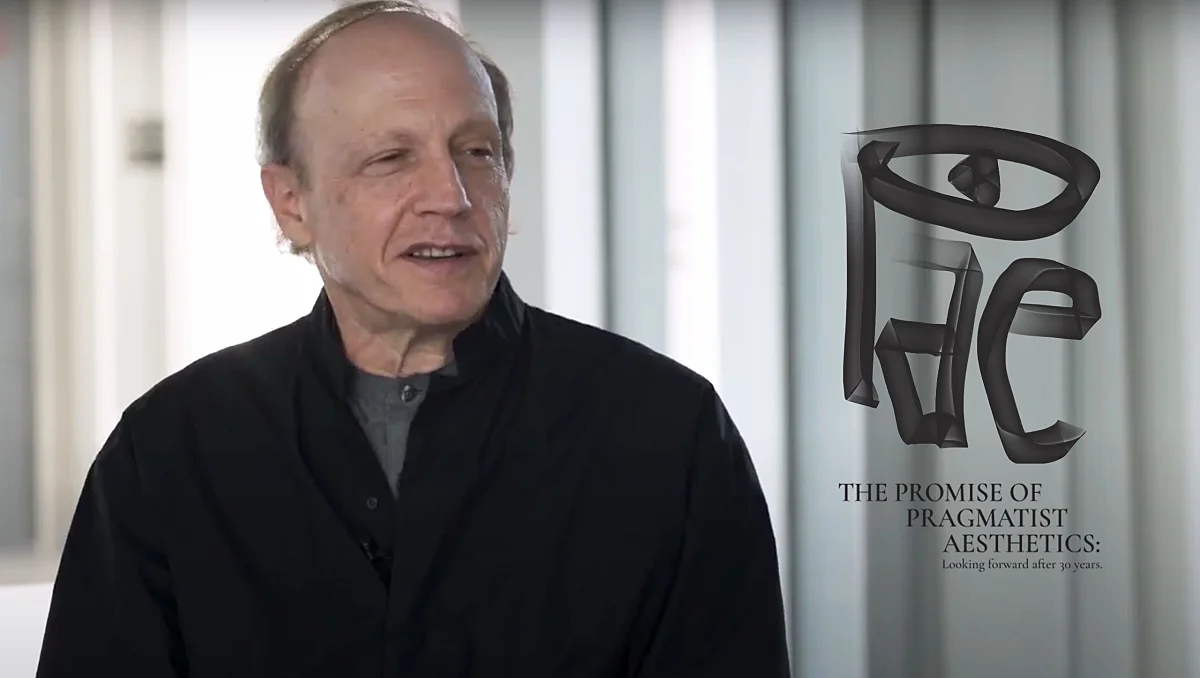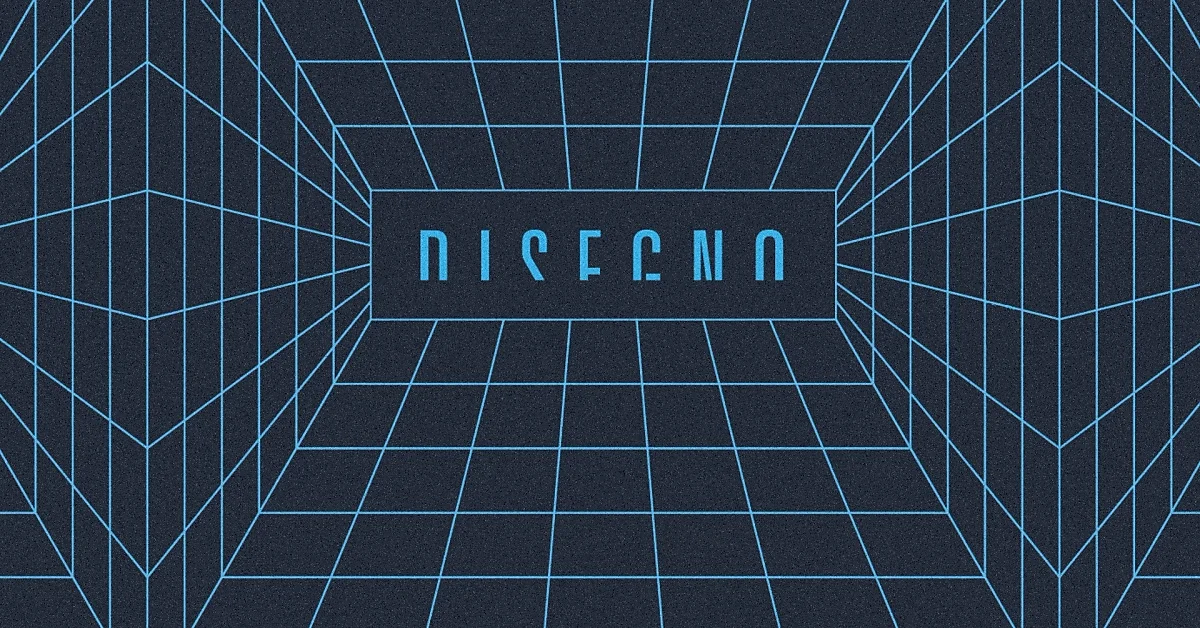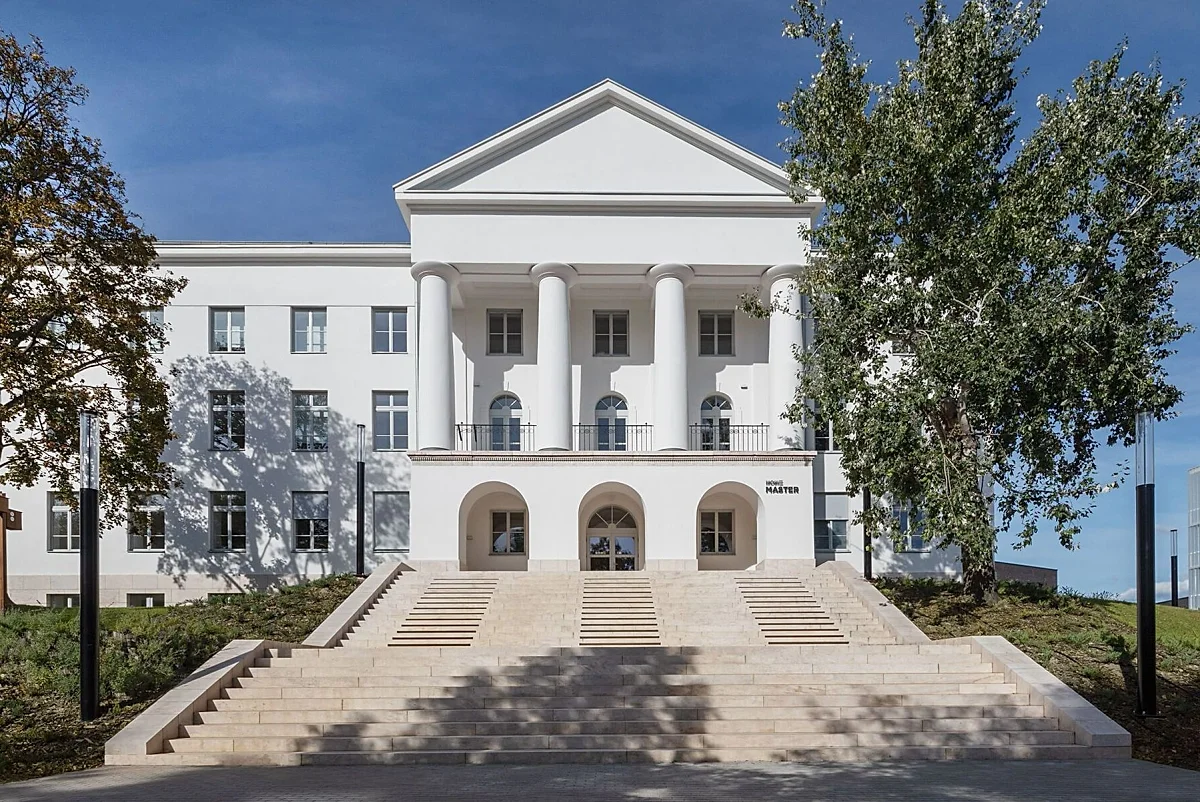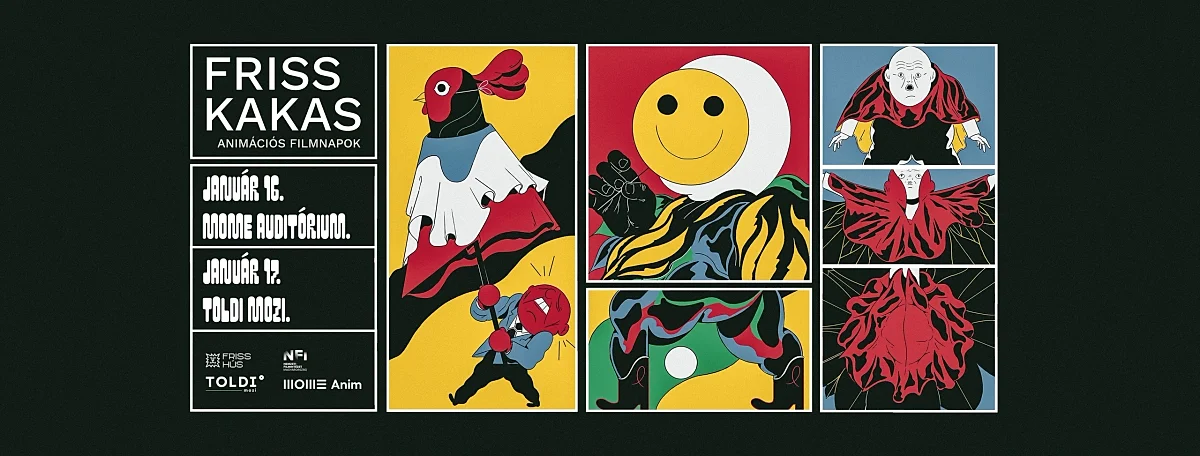
The Promise of Pragmatist Aesthetics – International conference talks organised by the MOME Doctoral School
In his talk he recounted his balancing act between the two poles of the spectrum – analytical and continental philosophy – when writing the book. Herbert Marcuse’s aesthetic commentary on eroticism were also mentioned in the context of somaesthetics, bringing us to Shusterman’s latest book, Ars Erotica, published only last year.
The second major lecturer of the conference, Barbara Formis is a professor at Sorbonne. Her talk entitled A Plea for Eco-Somaesthetics lent an ecological dimension to pragmatist aesthetics and somaesthetics. She argues that our sensory perception should not be limited to the concept of the individual human body. With this premise, Formis points toward an eco-somaesthetics that reinterprets the body as a sphere of multiple overlaps and collective connections, and takes into account its non-human, unintentional components. She sets soma – the living body – in a web of different ecosystems, made particularly interesting by her approach not only as an academic, but also a performer and dancer.
Kristina Höök, author of Designing with the Body and an expert on interaction design described the possibilities offered by Soma Design. The concept takes into account the physical dimensions of a designer’s own body as well as the special characteristics of digital design and digital technologies. Höök encourages accomplishments that will open vistas for users to enjoy an in-depth aesthetic experience and reflective interpretation. With her team, she designed interactive furniture that improve body awareness, a device to reduce anxiety and drones that coordinate with dancers. These experiments all form part of the Soma Design project that Höök gave a glimpse of through her own designer and teaching experience.
Professor of the University of Tokyo Tanehisa Otabe explored the potential correlations between East Asian philosophy and Shusterman’s pragmatist aesthetics through the Japanese tea ceremony. Following in the footsteps of Kakuzô Okakura’s legendary The Book of Tea, he also defines Taoism as the ‘art of existing in the world’ or ‘the art of life’, and brings into focus an aesthetics that underlines physical and mental exercise, ritual, and the aesthetic appreciation of the tiny occurrences of life. According to Professor Otabe, Western somaaesthetics and the Japanese mindset dovetail in this regard.
Website of the conference: https://pae30.mome.hu


